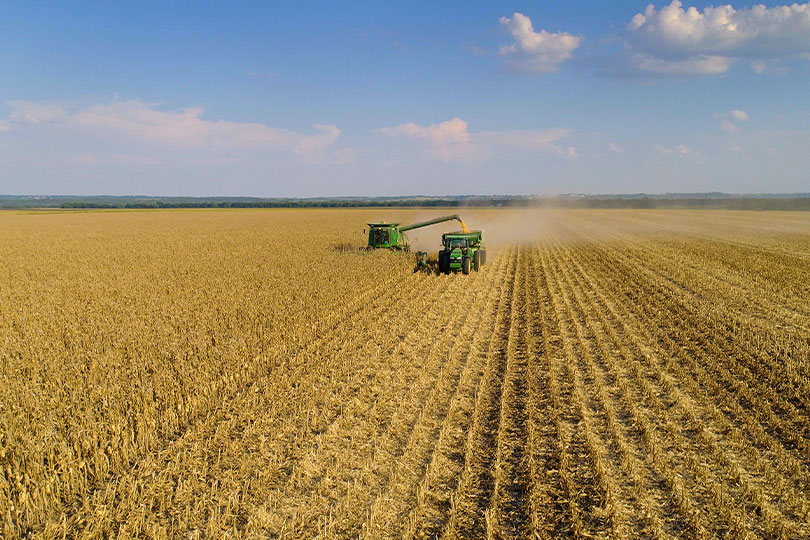A recent report by the Agricultural and Food Policy Center (AFPC) at Texas A&M University provides insights into the economic impacts of higher crop and major input costs on 64 representative crop farms.
The report, Economic Impact of Higher Crop and Input Prices on AFPC’s Representative Crop Farms, was published in late May.
AFPC sent an email to each of the 489 representative farm panel members to collect information on the amount spent per acre on inputs for the 2021 crop year and the amount they expect to spend this year.
The percentage change for each category was calculated for each respondent.
“This analysis focuses on the change in net cash farm income for 2022 relative to 2021 to determine whether expected commodity price increases are likely to offset input cost increases as reported by the representative farm panelists,” Bart Fischer, co-director of AFPC and one of the report’s authors, said. “The ending cash balance on hand at the end of 2022 is also reported to indicate whether net farm income is high enough in 2022 to pay all other obligations such as principal payments, family living expenses and taxes.”
Due to volatility for input prices, projections beyond this crop year were not possible.
The 64 crop farms by type included 25 feed grain and oilseed farms, 11 wheat farms, 13 cotton farms and 15 rice farms. Report results showed:
- Net cash farm income on the representative feed grain and oilseed farms is projected to decline by an average of $534,000 from 2021 to 2022 across the 25 feed grain and oilseed farms.
- Representative wheat farms face an average reduction in net cash farm income of $399,000.
- Representative cotton farms face an average reduction in net cash farm income of $716,000.
- Rice farms face the largest reduction in net cash farm income per farm at $880,000 and a per acre reduction of $442.
Much of the AFPC analysis hinges on farmers being able to lock in high commodity prices at average yields.
“But with drought ravaging half of the country and many other areas facing excess moisture, this assumption may be overly optimistic,” Dr. Joe Outlaw, co-director of AFPC and one of the report’s authors, said. “This is perhaps the most important point to note because producers are beginning to plant a crop that will require them to put an enormous—indeed historic—amount of capital at risk.”

